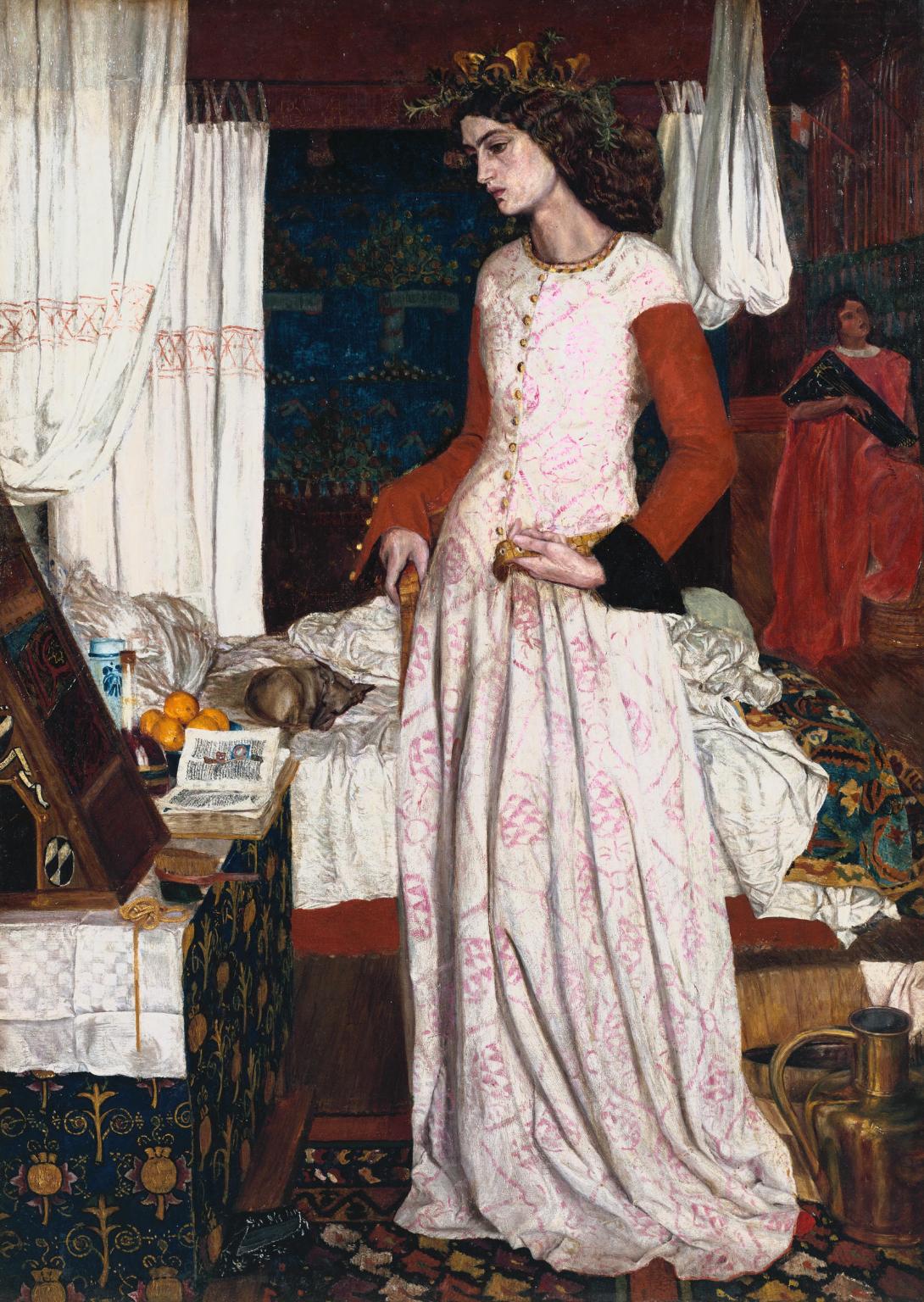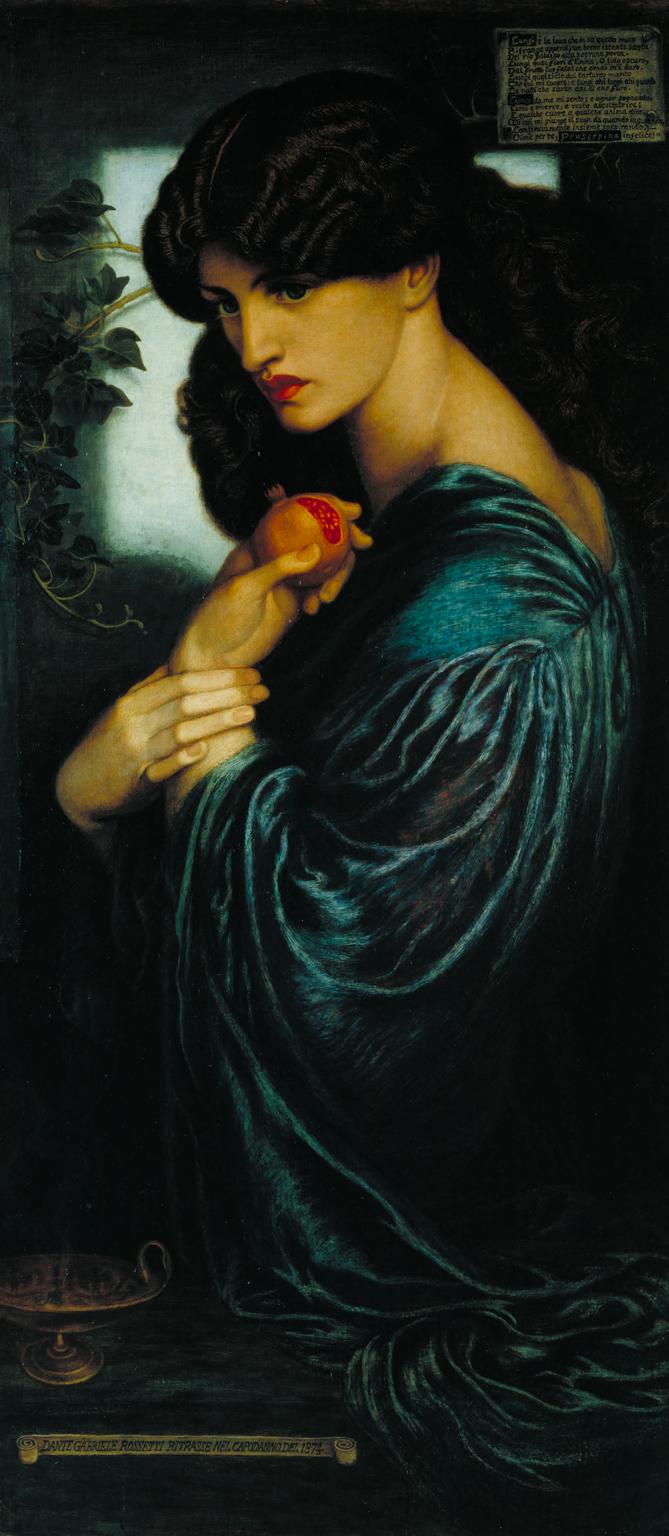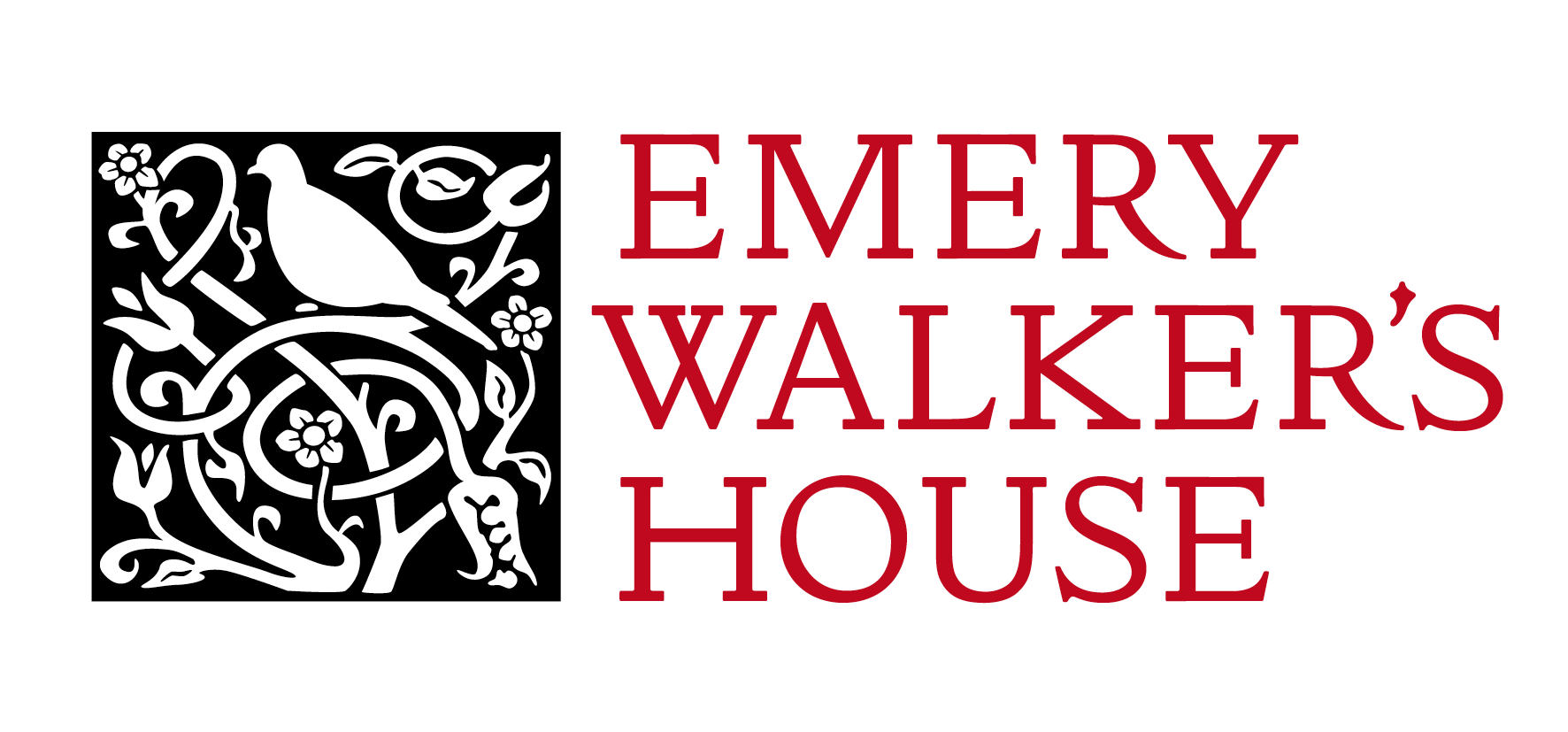In my last post, I mentioned how William Morris’ life really manages to find its way through the cracks into every part of your life. Let me tell you more about that.
One of the perks of being a volunteer is that my days spent at The William Morris Society and Emery Walker’s House are varied. While I do love unboxing physical things, in a more metaphorical sense, this volunteer approach allows me to uncover all sorts of other information too.
In my other, non-volunteering life, I am an Arts Management student. This has a fair few perks itself, such as lectures taught in arts institutions, including at the Tate. As luck would have it, though we now firmly associate William Morris with some of his latter pursuits such as founding the Socialist League and his work for the Kelmscott Press, his younger days had been spent in the pursuit of producing art and poetry.
He was enamoured with idyllic medieval depictions and, after dabbling in architecture, he decided to try out some Pre-Raphaelite painting for himself. One such piece of work, and William Morris’ only known complete easel painting, usually resides in Tate Britain.
The portrait, painted in 1858, is currently part of the Van Eyck and the Pre-Raphaelites exhibition.

This is an interesting work for more than one reason. La Belle Iseult herself is modelled by Jane Burden, who would later become William’s wife. The myth is an interesting choice: a story of lovers who can never be together (or, as the 2006 film put it, “before Romeo and Juliet, there was Tristan and Isolde”).

However, Morris struggled with the arms and face – Dante Gabriel Rossetti, a close friend of William Morris, helped him out.
Burden also sat for Rossetti, and before long, rumours spread about their closeness (time for some juicy Victorian speculation). He painted his version of Burden as Proserpine, the Greek mythical figure condemned to half a year in the underworld, in 1874 which can be seen nearby at Tate Britain.

Rossetti thought of Jane as something of a Proserpine, who was able to enjoy her time out of the underworld during the summer months, when William went to Iceland to translate Icelandic sagas with his Icelandic theologian friend. (I know, I didn’t see that one coming either). She could be in the light. With him. But when William was back in the country, she was in the dark. The underworld. Poor, poor Janey. I can’t say for certain, but I imagine you would grow accustomed to such conversations if you hung out with Pre-Raphaelites enough.
But let’s now return to Morris’ artwork and beyond the intrigue about who was whose Proserpine or Iseult. Behind the intricate story of those involved, there is a distinctly William Morris feel to the painting. Though the figure herself is somewhat awkward, this painting is worth a closer inspection because of the details in it: the bed cover, the carpet and the dresser-covering. It stands as an interesting set of studies for fabric design. Morris’ exploration of textiles and printing – what would become his lasting legacy – seems to have its first outing here.
And so, although I mostly go to Tate Britain to learn about audience engagement and outreach programmes, a little bit of William Morris seeps into my wanderings. It goes to show that an image goes deeper than its layers of paint.





